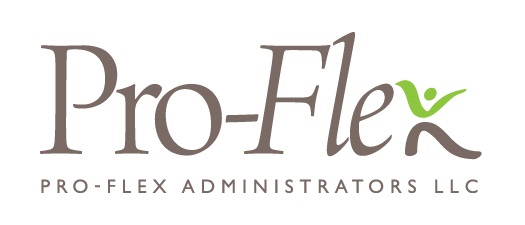By Feb. 1, the average American had already given up their well-intentioned New Year’s resolution. According to one study, we most often fall off the wagon because we lack the self-discipline to stay on track (per our own assessment), are too/busy or hectic to keep up with a new routine, or have crumbled under social pressure.
But it’s certainly not too late to resolve to make a change this year: We’ve identified five healthcare benefits resolutions that are both helpful and achievable and can make a world of difference in the health of your financial future.
- Max out your HSA
The average individual contributes $1,546 to their health savings account (HSA). Even if your employer contributes $648 (the average employer contribution, per Devenir), your account is likely still short of what the IRS allows for HSA individual contributions each year (the 2020 HSA limits are $3,550 for individuals and $7,100 for family). If you’re able to contribute more to your HSA, it makes financial sense to do so. These accounts are individually owned, and all funds carry over from year to year. That makes HSAs valuable as both a spending and a savings tool. And, with an HSA, you can adjust your contributions at any time during your plan year.
- Invest your HSA funds
Would you let your 401(k) funds go uninvested? Of course not! Though HSA investment balances are growing, the majority of HSA participants do not invest their HSA funds, even though history shows that the expected rate of return on mutual fund investments is much higher than an HSA’s standard interest rate. As a result, an HSA now rivals a 401(k) and an IRA for its investment and retirement-planning potential. If you’re among the 61 percent of Americans who feel investing is “scary or intimidating,” this is a good year to begin getting comfortable with it.
- Take advantage of employer HSA and 401(k) matches
Does your employer offer a match of your 401(k) and/or HSA contributions each year? Most employers match a percentage of 401(k) contributions, while two-thirds of employers contribute money to employees’ HSAs or health reimbursement arrangements (HRAs). At the very least, consider contributing enough to your 401(k) and HSA or HRA to collect the employer matches on those accounts, since that’s basically free money you can use for your healthcare and/or retirement-planning needs.
- Spend down your FSA funds
If you participate in a flexible spending account (FSA) that aligns with the calendar year, then Dec. 31 was the last day of your plan year. However, many FSAs have a grace period, which can give you up to an additional 2.5 months after a plan year ends to incur expenses. Since FSAs are a use-or-lose account, you should resolve to take a look at your FSA balance, see when your plan year ends and spend down your FSA balance before your plan year expires.
- Get education about your benefits
A lack of understanding in the differences between employee benefits offerings is often a big participation barrier. For example, a recent report found that half of employees surveyed needed help making sense of health jargon. And 50 percent also said they had trouble understanding the differences between all of the health spending accounts.




